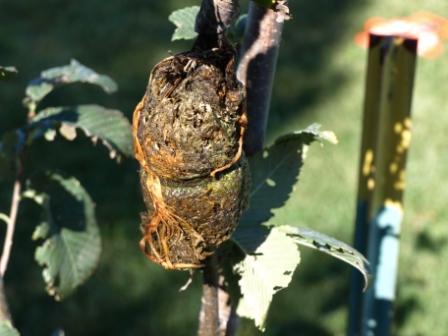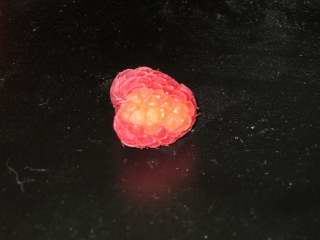Most gardeners that I know have tried to produce roots on stem cuttings from plants that they like. Sometimes this turns out well for them, particularly if they are working with what we call an easy-to-root species, and sometimes it turns out poorly. OK, in all honesty, it often turns out poorly. The problem is that plants like very particular conditions when they’re growing roots and the typical gardener is going to have a tough time providing these conditions. So here’s an option. There is a method of propagation called air-layering which works on many plants that stem cuttings won’t work on and which doesn’t need all of the specialized equipment either. It’s not a sure-fire technique, but it’s more likely that the average gardener will get this technique to work than any other (with the exception of seeds).
Here’s how it works. Select a small branch from the plant you want to propagate. Find a point on the branch about 6 to 12 inches from its apex and then cut out a ring of bark around the circumference of the tree. This will allow water and nutrients to flow into the branch (assuming you didn’t cut too deep), but it won’t allow the carbohydrates produced in the branch to flow down the stem — instead they’ll be stuck where you made your cut and be used by the plant to produce new roots.
Around the cut you may apply a rooting hormone. This will help the root production to some degree. To keep the wound moist apply a heaping helping of moist peat and keep it in place with plastic wrap — or a cut up sandwich bag. Wire ties, elastic bands or string will hold these in place. Now you just sit back and wait.

It usually takes anywhere from 4-8 weeks for roots to emerge (you’ll see them when they do because they’ll push up against the plastic wrap). Once the roots are there plant your new tree/shrub/perennial in it’s own container just like you would any new plant, care for it as you would any other plant, and then plant it out if you so choose (I like to keep young plants like this in a container for at least a few months — the landscape is usually a harsher environment than a container, and so the time in the container gives it a chance to get stronger and store needed nutrient reserves.)


